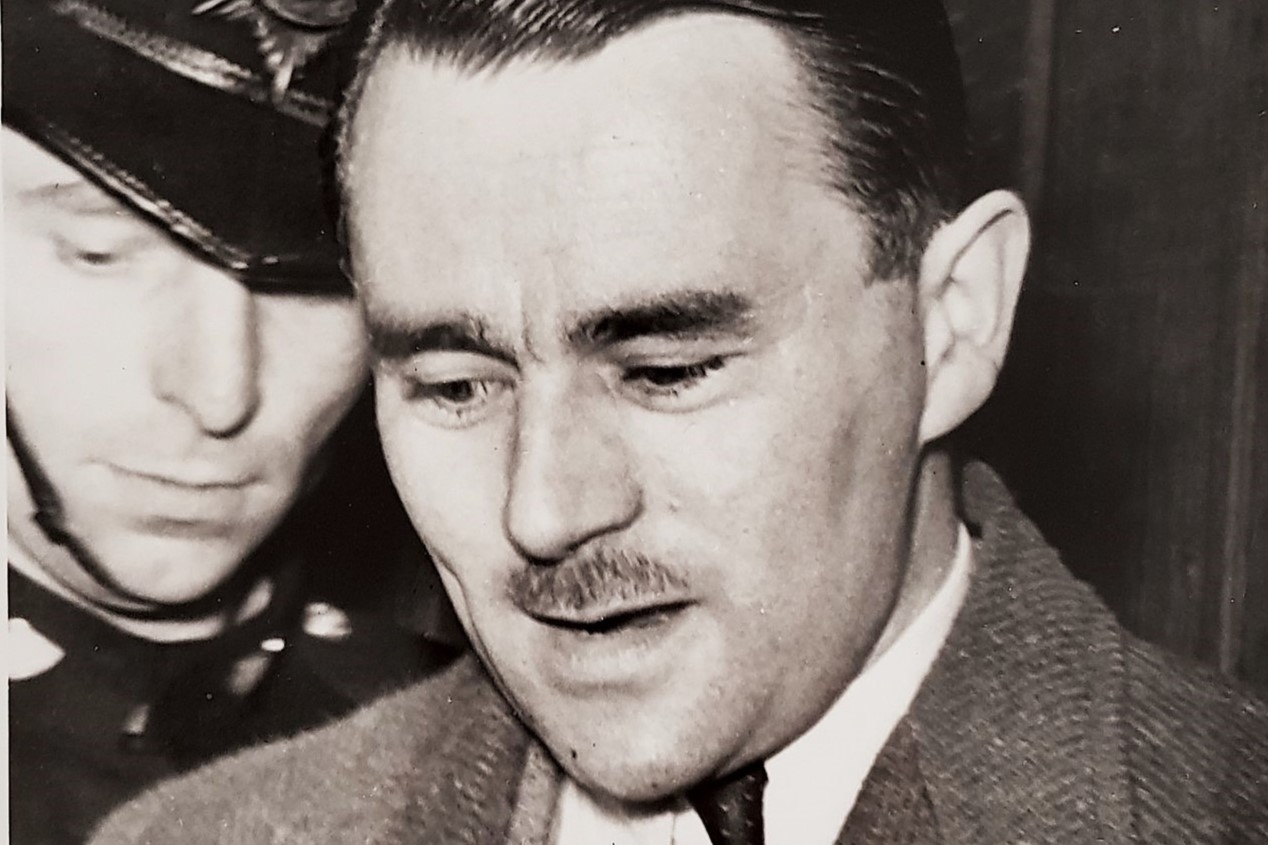
Who was John George Haigh? Known as the "Acid Bath Murderer," John George Haigh was a notorious British serial killer active in the 1940s. He gained infamy for dissolving his victims in sulfuric acid to cover his tracks. Born in 1909, Haigh's criminal activities included fraud, theft, and eventually, murder. His cunning and cold-blooded methods shocked the nation and led to his arrest in 1949. Haigh's trial captivated the public, revealing a chilling portrait of a man who believed he could outsmart the law. Why did Haigh commit these heinous acts? He claimed he was driven by financial gain and a twisted belief that dissolving bodies would eliminate evidence.
Key Takeaways:
- John George Haigh, the "Acid Bath Murderer," was a notorious English serial killer who transitioned from fraud to murder, using charm to lure victims and disposing of bodies in sulfuric acid.
- Haigh's case led to advancements in forensic techniques and prompted discussions about the death penalty, serving as a cautionary tale about the dangers of unchecked psychopathy.
Early Life and Background
John George Haigh, also known as the "Acid Bath Murderer," was a notorious English serial killer. His life before his crimes provides insight into his later actions.
- Born on July 24, 1909, in Stamford, Lincolnshire, Haigh grew up in a strict religious household.
- His parents, John Robert and Emily Haigh, were members of the Plymouth Brethren, a conservative Protestant sect.
- Haigh claimed his childhood was devoid of love and filled with fear of divine retribution.
- He showed early signs of intelligence, excelling in school and earning a scholarship to Queen Elizabeth Grammar School in Wakefield.
- Despite his academic success, Haigh left school at 17 and worked as an apprentice to a motor engineer.
Criminal Beginnings
Haigh's early criminal activities set the stage for his later, more heinous crimes. His initial forays into crime were less violent but equally deceitful.
- In 1934, Haigh was jailed for fraud after faking legal documents to sell cars that didn't belong to him.
- He continued his fraudulent activities upon release, leading to several more imprisonments throughout the 1930s.
- Haigh's criminal record included charges of theft, fraud, and forgery.
- He married Beatrice "Betty" Hamer in 1934, but the marriage ended quickly due to his criminal activities.
- After his release from prison in 1940, Haigh decided to change his methods, moving from fraud to murder.
The Murders
Haigh's transition to murder marked a chilling escalation in his criminal career. His method of disposing of bodies earned him his infamous nickname.
- Haigh's first known victim was William McSwan, a wealthy acquaintance, whom he killed in 1944.
- He lured McSwan to a basement, bludgeoned him to death, and disposed of the body in a drum filled with sulfuric acid.
- Haigh then took over McSwan's possessions, telling McSwan's parents that their son had gone into hiding to avoid military service.
- In 1945, Haigh killed McSwan's parents, Donald and Amy, using the same method to dispose of their bodies.
- He continued to live off the McSwan family's assets, maintaining the facade that they were still alive.
The Capture and Trial
Haigh's eventual capture and trial revealed the full extent of his crimes. His courtroom behavior and statements shocked the public.
- Haigh was arrested in 1949 after the disappearance of Dr. Archibald Henderson and his wife, Rose.
- Police found evidence of Haigh's crimes in his workshop, including personal belongings of the Hendersons and traces of human remains.
- During his trial, Haigh claimed he drank the blood of his victims, attempting to plead insanity.
- The court rejected his insanity plea, finding him guilty of murder.
- Haigh was sentenced to death and hanged on August 10, 1949, at Wandsworth Prison.
Psychological Profile
Understanding Haigh's psychological makeup provides insight into his motivations and actions. His behavior exhibited traits common among serial killers.
- Haigh was diagnosed with a psychopathic personality disorder, characterized by a lack of empathy and remorse.
- He exhibited narcissistic traits, believing himself to be superior and entitled to others' possessions.
- Haigh's meticulous planning and execution of his crimes demonstrated a high level of intelligence and cunning.
- Despite his claims of vampirism, experts believe Haigh fabricated these stories to support his insanity defense.
- His charm and charisma allowed him to gain the trust of his victims, making it easier to lure them to their deaths.
Legacy and Impact
Haigh's crimes left a lasting impact on British society and criminal justice. His case remains one of the most infamous in the history of British crime.
- The term "Acid Bath Murderer" became synonymous with Haigh's gruesome method of body disposal.
- His case highlighted the need for better forensic techniques, leading to advancements in crime scene investigation.
- Haigh's story has been the subject of numerous books, documentaries, and films, cementing his place in popular culture.
- His crimes prompted discussions about the death penalty, which was still in use in the UK at the time.
- Haigh's case remains a cautionary tale about the dangers of unchecked psychopathy and the importance of early intervention.
Lesser-Known Facts
Beyond his well-documented crimes, there are several lesser-known facts about Haigh that add depth to his story.
- Haigh was an accomplished pianist, often using his musical talents to charm potential victims.
- He was known to be a heavy drinker, frequently visiting pubs and bars to socialize and scout for new victims.
- Haigh kept meticulous records of his crimes, including detailed notes on his methods and the assets he acquired from his victims.
- He was fascinated by chemistry from a young age, which later influenced his choice of using acid to dispose of bodies.
- Despite his gruesome crimes, Haigh maintained a calm and composed demeanor throughout his trial, never showing any signs of remorse.
Final Thoughts on John George Haigh
John George Haigh, known as the "Acid Bath Murderer," remains one of history's most chilling criminals. His method of dissolving victims in acid to cover his tracks shocked the world. Haigh's intelligence and charm masked his sinister nature, allowing him to deceive many. His story serves as a grim reminder of the potential for evil lurking beneath a seemingly normal exterior. Understanding his life and crimes helps us appreciate the importance of vigilance and justice. Haigh's legacy is a stark warning about the depths of human depravity. By studying such cases, society can better protect itself from similar threats. Haigh's tale is a dark chapter in criminal history, but it also underscores the resilience of law enforcement and the enduring quest for justice.
Frequently Asked Questions
Was this page helpful?
Our commitment to delivering trustworthy and engaging content is at the heart of what we do. Each fact on our site is contributed by real users like you, bringing a wealth of diverse insights and information. To ensure the highest standards of accuracy and reliability, our dedicated editors meticulously review each submission. This process guarantees that the facts we share are not only fascinating but also credible. Trust in our commitment to quality and authenticity as you explore and learn with us.


